Introduction
Yoga is an old practice from India and has become famous worldwide because it is suitable for your body and mind in many ways. Asanas (physical positions), pranayama (breathwork), and meditation are all part of this overall approach to health. They work together to bring the body and mind into balance. One great thing about yoga is that it can be done by people of all ages, fitness levels, and backgrounds. No matter how much you know about sports or how new to exercise you are, yoga is a great way to learn about yourself and take care of yourself. In this guide, we will explore the top 10 beginner-friendly yoga poses.
Also, if you are an intermediate level yogi, you should read our top 10 Intermediate Yoga Poses.
Importance of starting with beginner-friendly poses for a safe and enjoyable practice
For people new to yoga, starting with easy poses for beginners is essential. This will help them build a strong base and confidence in their practice. These poses will help you learn basic moves, become more aware of your body, and become more robust and flexible.
Beginners can build a strong foundation for their yoga practice while lowering their risk of harm by focusing on easy-to-understand poses. Beginners should start with more accessible poses to learn about their bodies strengths and weaknesses without getting too stressed. This will help them feel at ease and enjoy their yoga journey.
Here are the top 10 Beginner-friendly Yoga Poses.
Beginner Poses:
- Mountain Pose (Tadasana)
- Downward-Facing Dog (Adho Mukha Svanasana)
- Child’s Pose (Balasana)
- Cat-Cow Pose (Marjaryasana-Bitilasana)
- Cobra Pose (Bhujangasana)
- Forward Fold (Uttanasana)
- Warrior I (Virabhadrasana I)
- Warrior II (Virabhadrasana II)
- Triangle Pose (Trikonasana)
- Bridge Pose (Setu Bandhasana)
Short overview of the top 10 beginner-friendly yoga poses.
Mountain Pose (Tadasana), In Beginner Pose
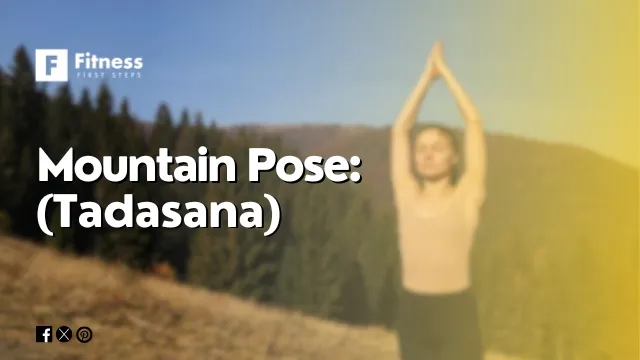
Mountain Pose (Tadasana) is the cornerstone of many yoga sequences. This pose requires standing tall with feet hip-width apart and grounding into the earth. The spine is extended, shoulders roll back and down, and arms hang naturally by the sides with palms facing forward. One assumes a mountainous stance by engaging the core and raising through the crown.
Downward-Facing Dog (Adho Mukha Svanasana)
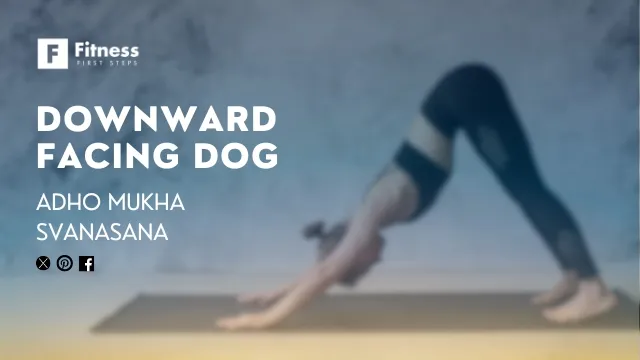
Downward-Facing Dog (Adho Mukha Svanasana) is a basic yoga pose that forms an inverted V. From the plank, lift hips high and press palms and feet into the mat. The spine is extended, heels stretch toward the ground (but may not touch), and the head is relaxed between the arms in an upside-down “V” shape.
Child’s Pose (Balasana)
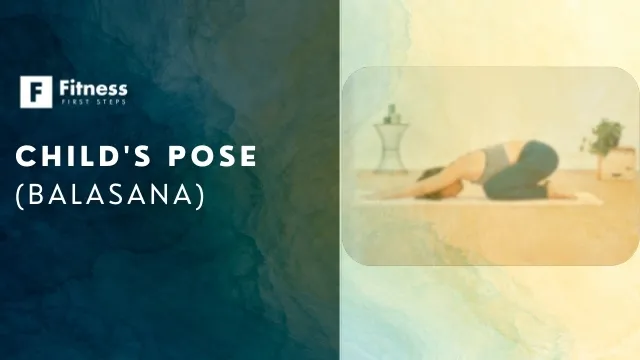
Child’s Pose (Balasana) is a grounded yoga pose used for repose. Sit on the heels and drop your chest until your forehead touches the mat from kneeling. Arms can be relaxed at the sides or stretched forward with palms on the mat.
Cat-Cow Pose (Marjaryasana-Bitilasana)
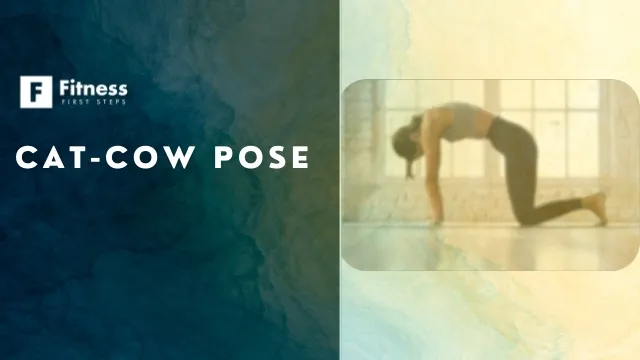
Cat-Cow Pose stretches and mobilizes the spine with Marjaryasana and Bitilasana. From a tabletop position on hands and knees, practitioners alternate Cow Pose (arching the back upward) and Cat Pose (rounding the spine downward). A gentle massage and increased spine, shoulder, and hip flexibility are achieved with this rhythmic flow. Read more about Cat-Cow Pose (Marjaryasana-Bitilasana).
Cobra Pose (Bhujangasana)

In Cobra Pose, backbend Bhujangasana strengthens the spine and stretches the shoulders and chest. Mat-prone practitioners place palms beside the chest. The practitioner lifts the chest with back muscles when the pelvis is steady. Keep elbows close to the torso and drop shoulders to create a tiny spine arch. Energy is boosted by Cobra Pose’s front stretch and abdominal stimulation. Read more about Cobra Pose (Bhujangasana).
Forward Fold (Uttanasana)
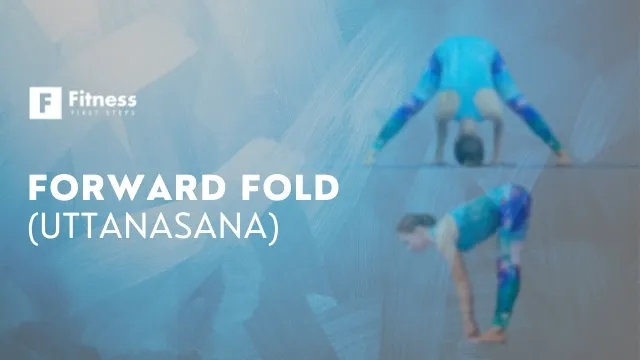
Uttanasana, the standing yoga pose Forward Fold, involves folding the upper body forward from the hips with straight or slightly bent legs. Use hip-width steps to practice. Exhale lowers hips and torso toward thighs, allowing hands to contact the ground or hold elbows: heavy head and lengthy spine hurt legs and spine. Back relaxation and forward fold cerebral blood flow refresh the mind and body. Click here to read more details. Forward Fold (Uttanasana).
Warrior I (Virabhadrasana I)
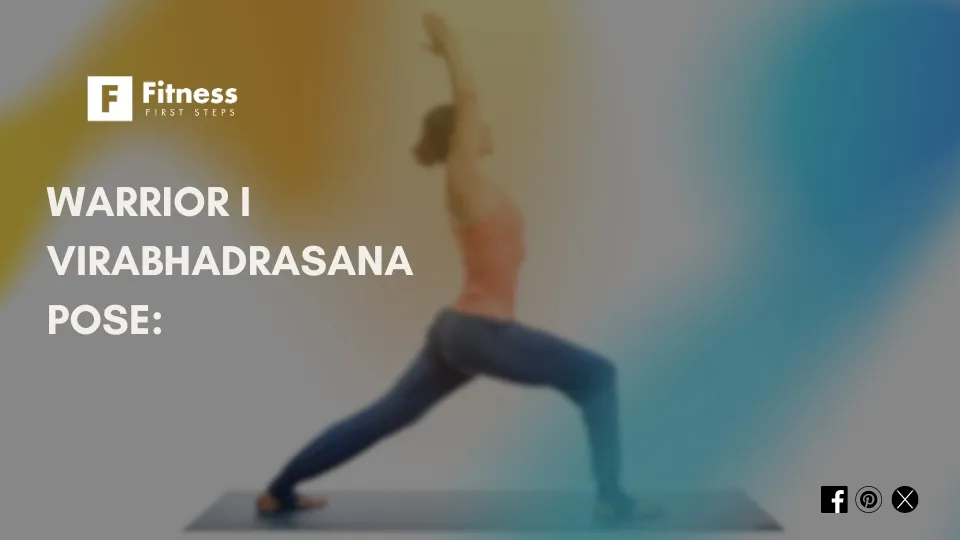
Yoga pose standing Warrior I, Virabhadrasana I, boosts strength, stability, and focus. From standing, the practitioner steps one foot back into a lunge with the front knee bent 90 degrees and the back leg straight. Arms are aloft, palms facing or squeezed, hips squared to the mat. They are standing tall and looking up at their hands. Warrior I buffs legs, chest, and shoulders and boosts faith.
Warrior II (Virabhadrasana II)

Yoga pose standing Warrior II, Virabhadrasana II, boosts strength, stability, and attention. The practitioner returns one foot to a wide-legged stance with the front knee bent 90 degrees and the back leg straight. Hands parallel to the floor, vigorously reaching opposite directions, hips open to the mat. Over the front fingertips, the torso is above the hips. Balance, empower, and strengthen your legs with Warrior II.
Triangle Pose (Trikonasana)
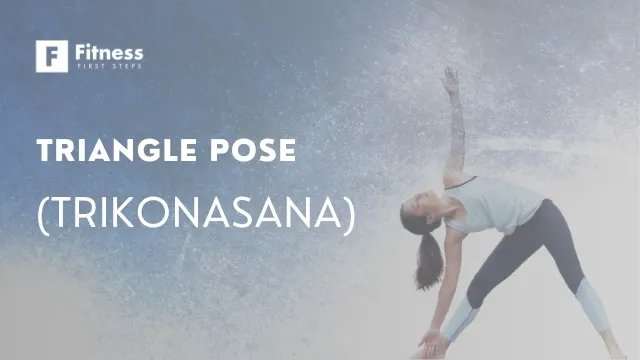
The standing triangle (Trikonasana) strengthens and stretches. From standing, the practitioner spreads feet. One foot is 90 degrees out, and the other slightly in. At shoulder height, arms are horizontal. The torso tilts laterally over the reaching leg, with one hand on the ground or block and the other above. Look up or at the hand. Hamstrings, hips, and side body are stretched in the Triangle Pose to improve balance, posture, and attentiveness.
Bridge Pose (Setu Bandhasana)
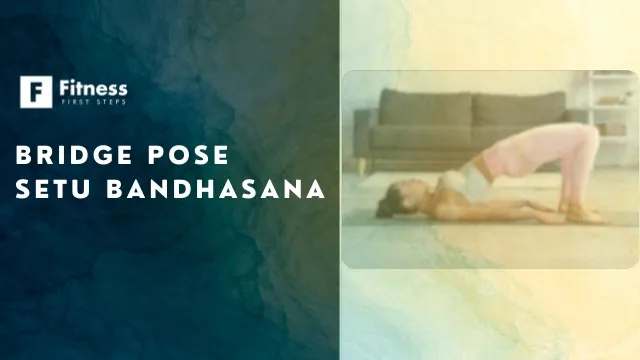
Bridge Pose (Setu Bandhasana) strengthens the back, glutes, and thighs and expands the chest and shoulders. The practitioner lies on their back, knees bent, feet hip-width apart, arms beside them, palms down. They press into the feet, lift the hips, activate the core, and squeeze the glutes on inhalation. The shoulders stay rooted while the chin gradually tucks toward the chest to extend the neck. Spine stretching, flexibility, energy, and calmness are all benefits of Bridge Pose.
Conclusion
Finally, starting a yoga practice with beginner-friendly poses is essential for building confidence, a strong foundation, and a safe and enjoyable introduction to yoga. These ten beginner-friendly yoga poses improve strength, flexibility, relaxation, and mindfulness.
While Mountain Pose promotes stability and alignment, Child’s Pose rejuvenates, and Warrior I and II increase strength and attention, each pose has benefits. These poses allow you to steadily improve your yoga practice while reducing injury risk and optimizing benefits.
Trust your body and challenge yourself to progress in yoga, a personal experience. Anyone may start a rewarding yoga practice that improves body, mind, and spirit harmony with patience, perseverance, and self-care. Try these beginner-friendly yoga poses and experience the transformational impact of this ancient practice.




